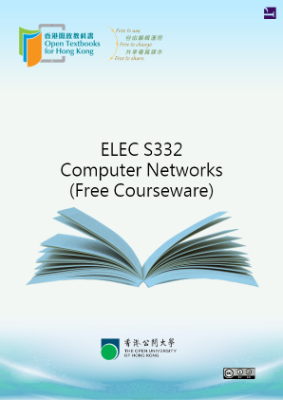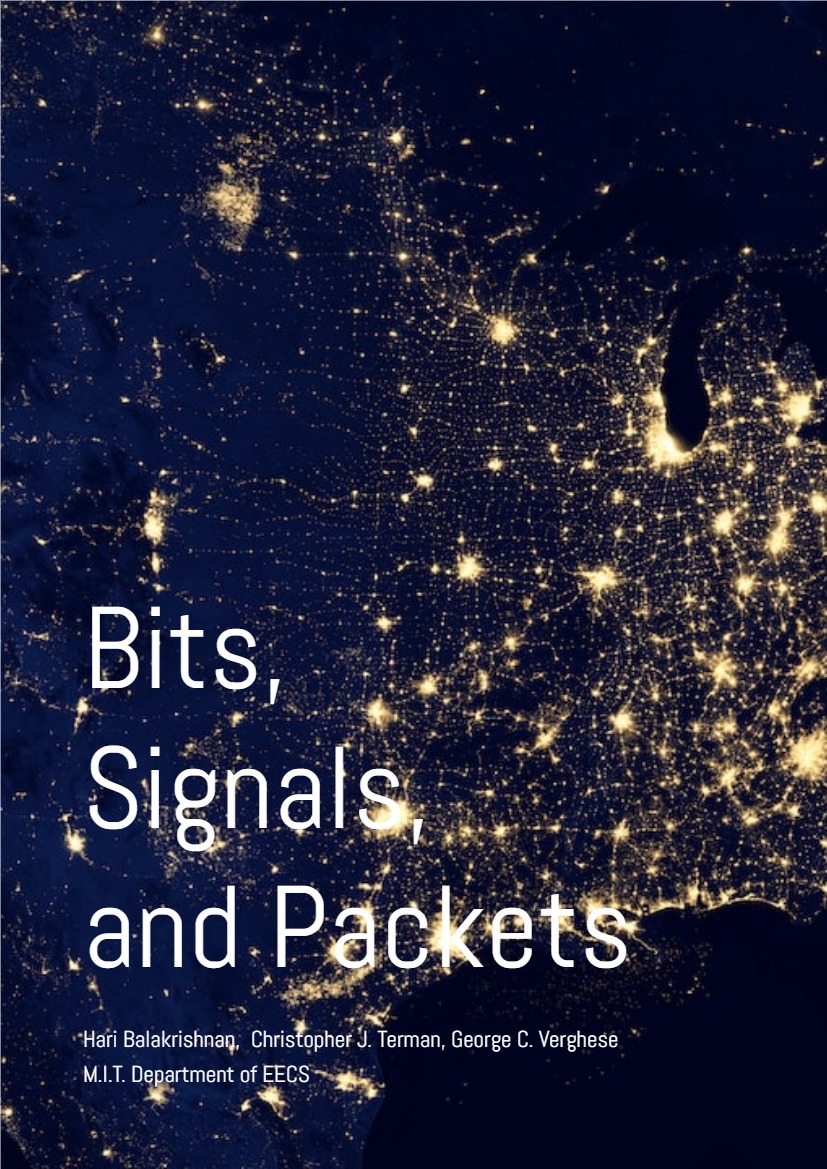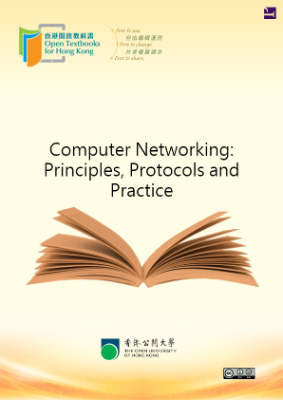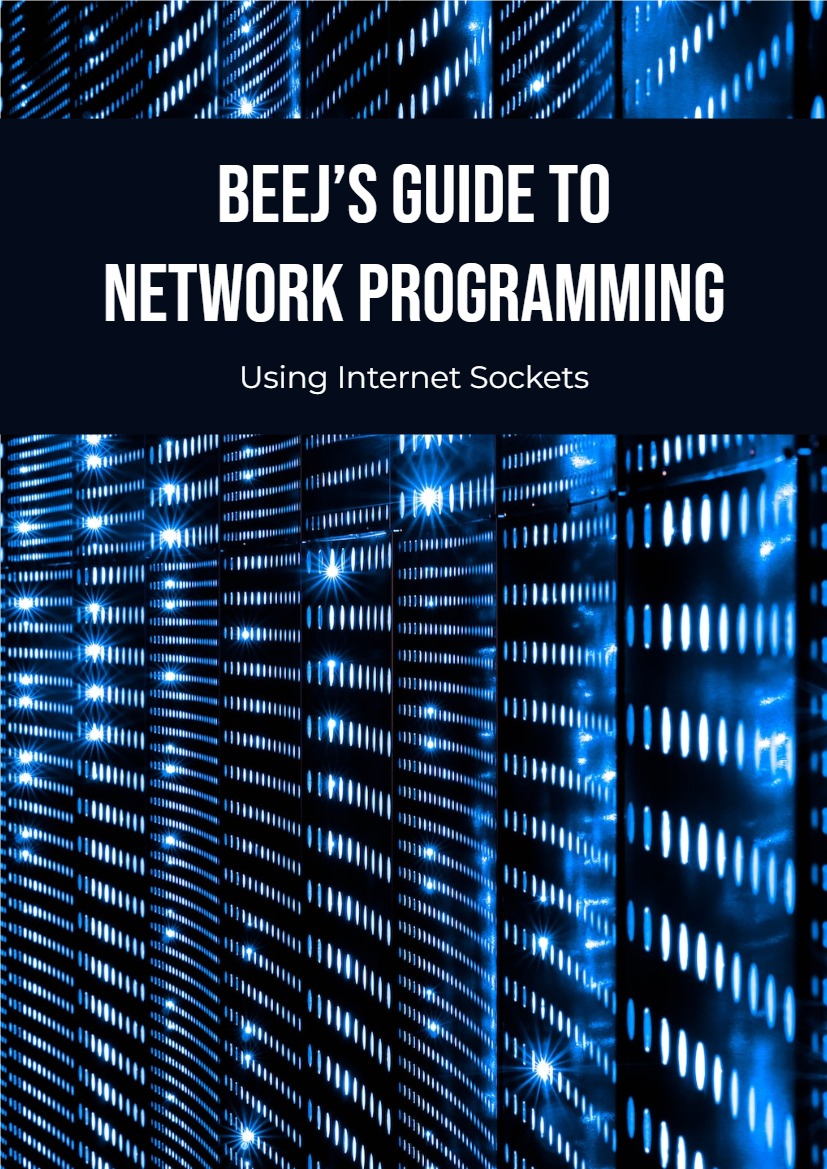Introduction to Computer Networks
Nowadays, everyone is using the Internet. We have hooked our computers to the Internet, where we can access information and transmit messages. The Internet is a very large computer network. Computer networks are so important in our daily life that they have become indispensable to us.
The closest cousin of a computer network is a transportation network, but computer networks are now taking work away from the transportation networks. Transportation networks — like traffic engineering — had a body of knowledge that could readily be applied to computer networks. For example, we used to rely on sending letters to communicate with friends and relatives living far away. All these letters needed to use transportation vehicles such as trucks, ships or aeroplanes. Now, many letters have been replaced by electronic mail (e-mail). Computer networks deliver e-mails, thereby reducing the work of physically delivering letters through the transportation network.
Computer systems, including both hardware and software, emerged as big machines called mainframe computers. In the 1960s, mainframe computers were accommodated inside a computer room. Cables ran from this room to connect to the terminals of the end users. In the late 1970s, mini computers became affordable. They challenged the mainframe computer. In the early 1980s, affordable personal computers (PCs) also came onto the market, challenging both mainframe and mini computers. PCs allowed end users to get the benefits of tremendous computing power at an affordable price.
During the initial adoption of PCs, data transfer between personal computers was done through 5¼-inch floppy disks. People then saw the need to connect all these mini and personal computers together. Physical cables were used to link them. The connected computers, together with the cable links, formed a network, though the distance between these connected computers was usually relatively short. The computers were ‘local’ to a particular office location, and hence this type of configuration was called a local area network (LAN). LANs were originally targeted to meet the data transfer requirements for PCs within a private company, and also originally used for data, not voice traffic. Hence, there was little motivation to connect the LAN to a public telephone or telecom network.
The need for distributed computing arose after more end users had been educated in using a personal computer. The proliferation of the Internet pushed to break through this private network ‘barrier’ to allow connection of every computer through the standard Internet interface. With the advancement of Internet technologies, networks can now support various services including e-mail, Web browsing, multimedia communication, real-time voice communication and video streaming.
But what is a network, exactly? How does it really work? In this module, we will discuss about the importance and the basic concepts of computer networks.











